- Windows in ancient Chinese buildings are like architectural eyes, blending with the architectural style
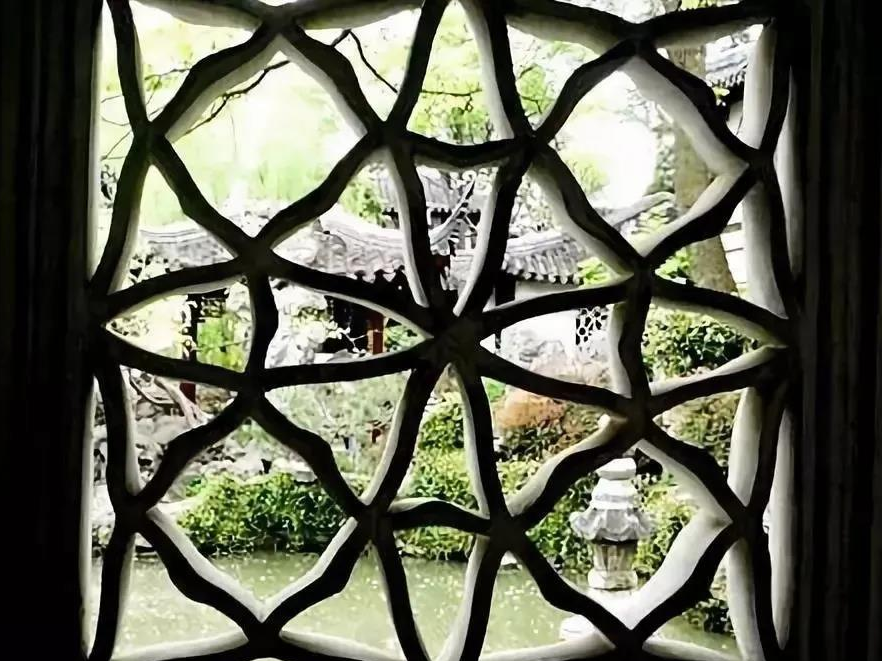
Chinese ancient buildings have independent structural systems and have a long history. Chinese ancient buildings are not only practical but also artistically aesthetic. In the construction of many ancient buildings, whether it is a literati, a craftsman or a craftsman, they all have deep feelings for windows.

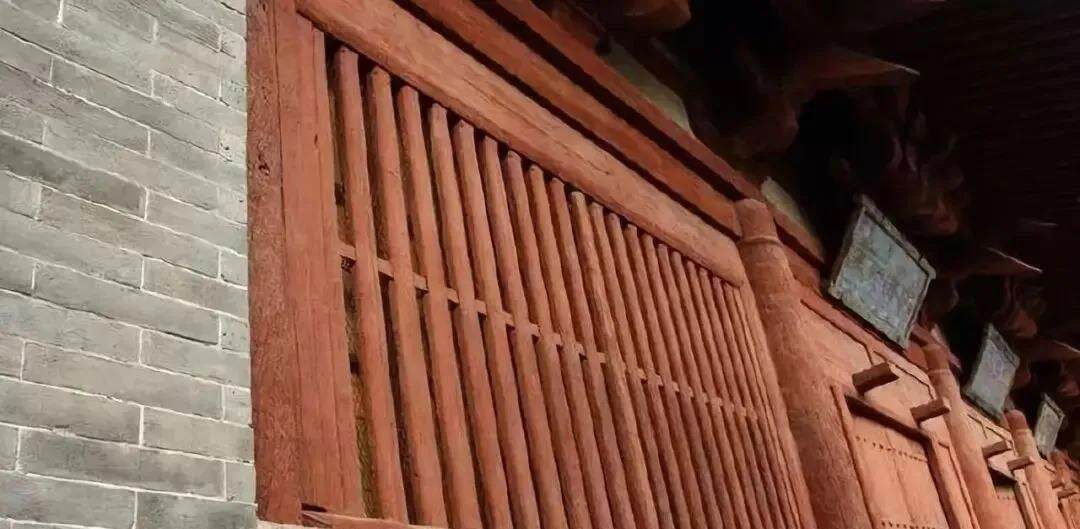
The original window was called a chimney, and it was a small hole dug at the top of the cave for light and ventilation during the cave. Later, after breaking away from the cave dwelling and building a house, he opened window holes in the wall of the house, which was called a burrow. The styles of windows of ancient Chinese buildings are varied and each has its own style. Divided into empty windows, leaky windows, and hinged windows, sill windows, sash windows, screen windows, wind windows, etc. These windows not only have their own unique shapes, but also have their own patterns and colors.
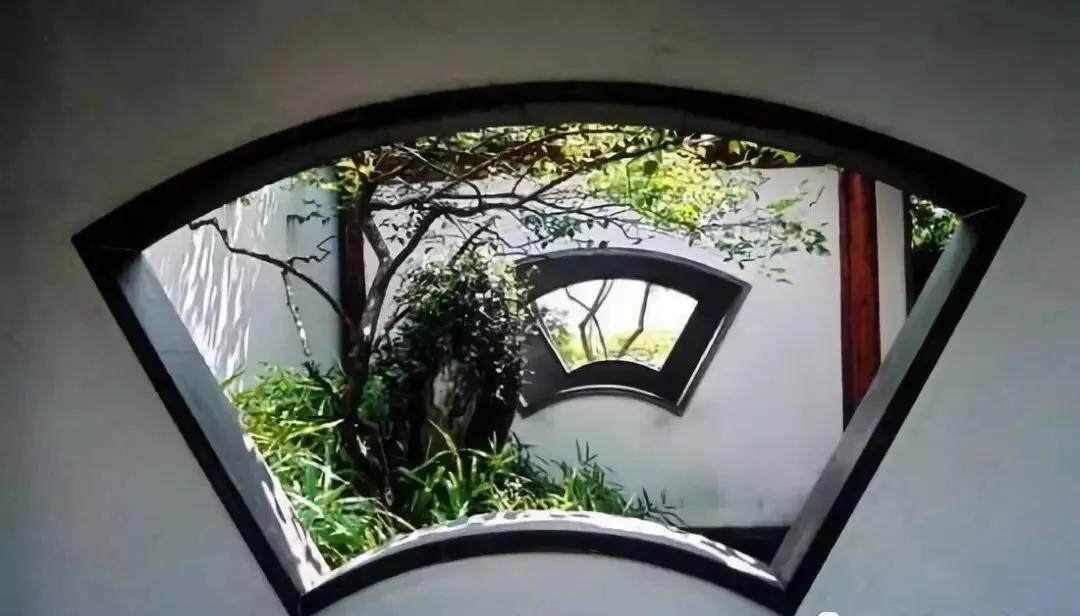
Type of window
An empty window is a window with only window holes and no sashes. The beauty of an empty window is that it can be viewed inside and outside, but the landscape is different. Outside the window, there are strange stones, or planting bananas, or planting green bamboo and several poles. It is exquisite and elegant. It's like a painting and calligraphy sketch. Leaky windows, also known as transparent windows, have stone carvings, kneadings, or blue bricks, tiles, bamboo and wood in the middle.
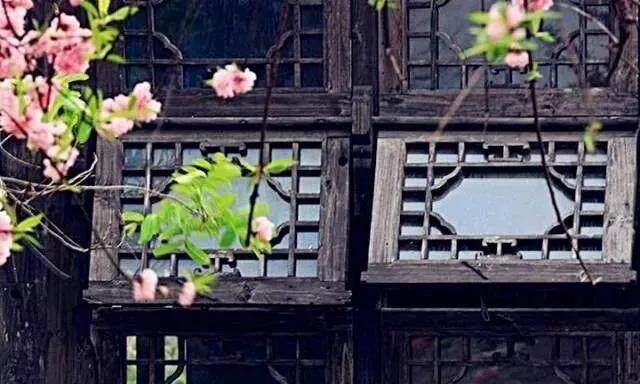
Hehe window, also known as support window, means that the window is divided into upper, middle and lower three layers (but there are also two-layer Hehe windows). The upper and second layers are made into windows that can be raised and lowered, and the lower one is made upright The window can be taken off by removing the wooden latch. Threshold window, also called half window, is to install window on half wall. The sill window evolved from the partition, which is replaced by a brick wall by removing the skirt part of the partition.
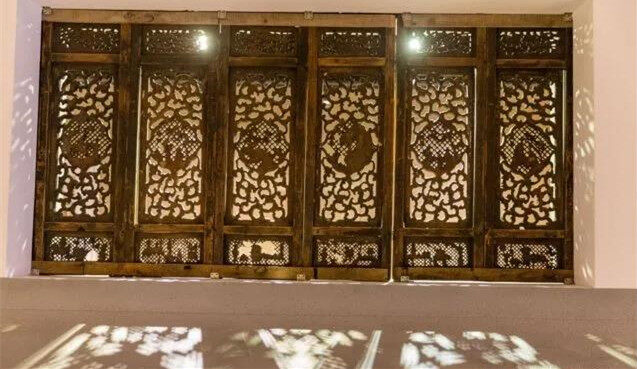
The sash window is installed between the upper and lower sills. It has both the function of a window and a door. Therefore, it is also called a "floor-to-floor window". Ancient Chinese buildings are mainly made of beams and columns, and the walls are generally not load-bearing. Generally, partition doors or partitions are installed between the columns to replace the wall surface, mostly four, six or eight, which not only provide ventilation, lighting, decoration, but also partition from the outside world. In ancient times, the buildings were tall, so the shape of the partitions was narrow and tall. Therefore, people vividly called the ring board in the middle of the partitions as the waist board, and the skirt board below the waist.
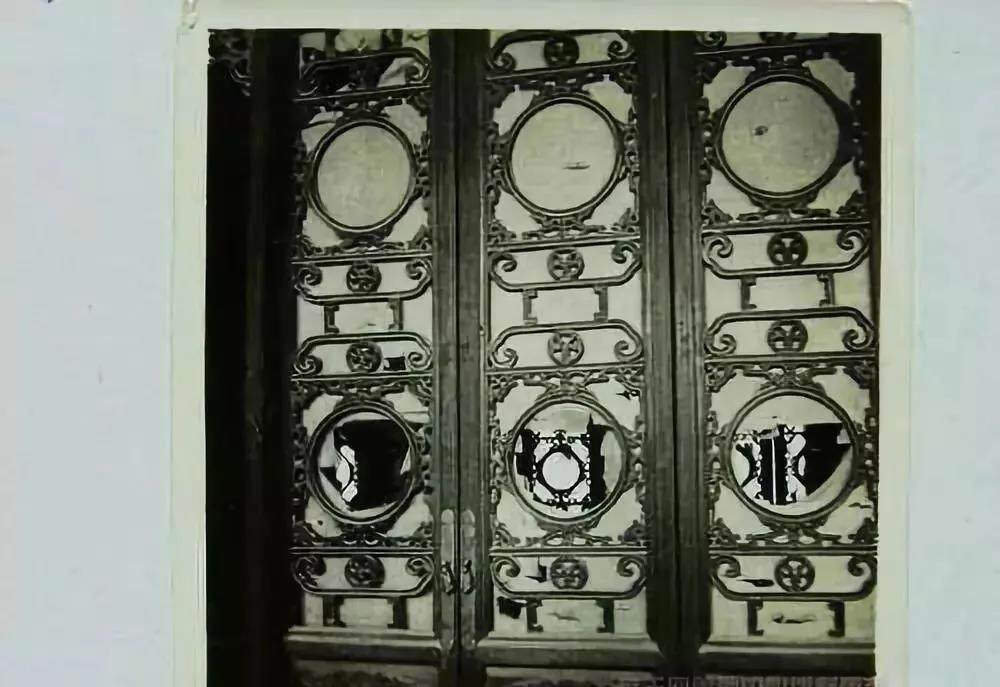
Screen windows are quite similar to long windows. In Suzhou classical gardens, screen windows are often used to separate spaces, and silk screens or juan screens are used to write poems and paintings. It avoids the dullness caused by wall-building. For wind windows, there is a lot of rain in the south of the Yangtze River, and the indoors are often very humid. In order to ventilate and dehumidify, detachable wind windows are often used on the walls to solve these problems.
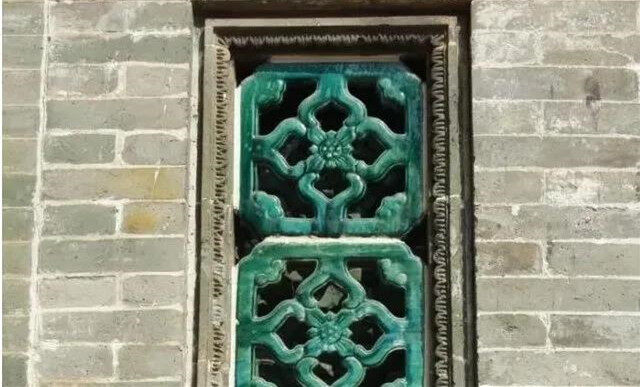
Of course, these types of windows are only a small part of them. There are many types of windows in ancient buildings. I will introduce you to only the more common types.
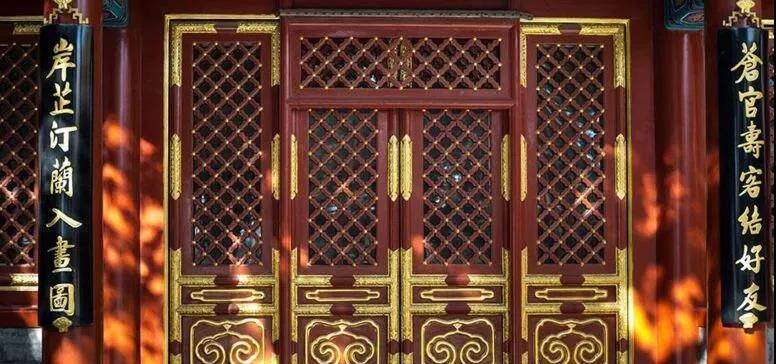
Window color
Due to the need for anti-corrosion in Jiangnan Water Town, more paint is applied to the exterior of the windows, most of which are the same color as the upper and lower front and rear oils, or only the transparent tung oil is painted on the surface, which shows the beauty of the material, which is very fresh and elegant. But the windows of palaces, temples and other large palaces are still Use multi-color heavy-color paint as a means of decoration.
The windows of the ancient village of Xidi The doors and windows of the main palace buildings in the Forbidden City are all covered in red, and the carved parts are painted in gold to form a magnificent decorative effect.
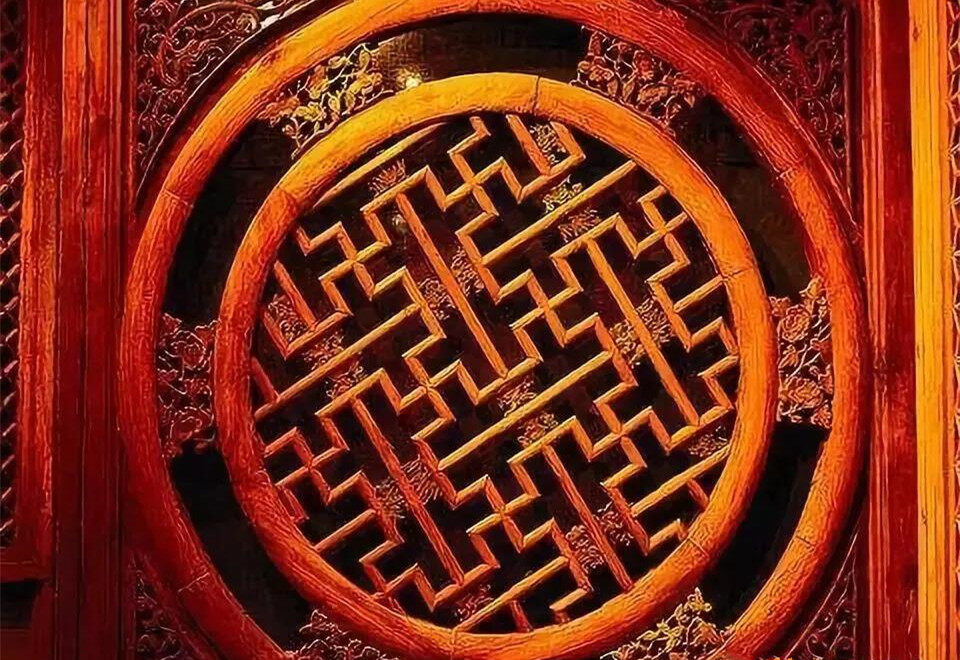
Window pattern
The patterns of the windows are derived from other decorative arts, such as bronze patterns, ancient jade patterns, and textile patterns. This reflects the overall systemicity and inheritance of traditional Chinese art. Wu Guanzhong said that there are at least hundreds of window grilles in Suzhou gardens, including combinations of straight lines, broken lines, curves and arcs, which are elegant and unpredictable, and belong to the abstract beauty of ancient and modern.
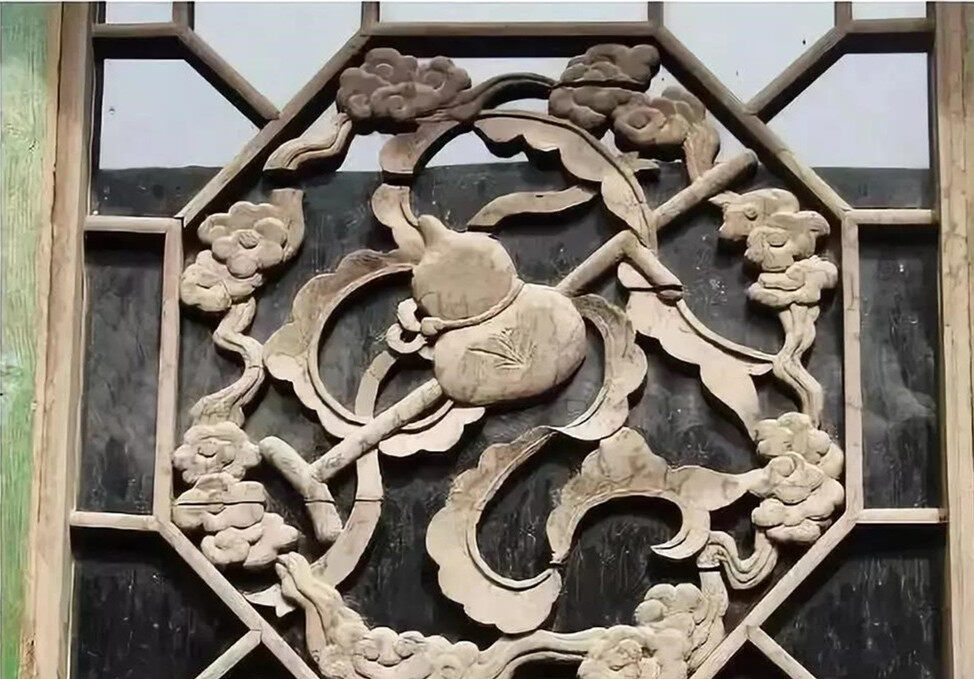
Window carving
In the windows of ancient dwellings, there is a little bit of attention, and often meticulous carvings are carried out at the center of the window. The skirts and the rims are located in the corridors where people’s daily life activities are frequent. Therefore, the artists have carved wildly on these two parts. Very particular, especially the engraving of the ring plate.
The engraved patterns include auspicious patterns, landscapes, fairy tales, stories and operas, bogus miscellaneous treasures, life scenes, and some ethical lessons.
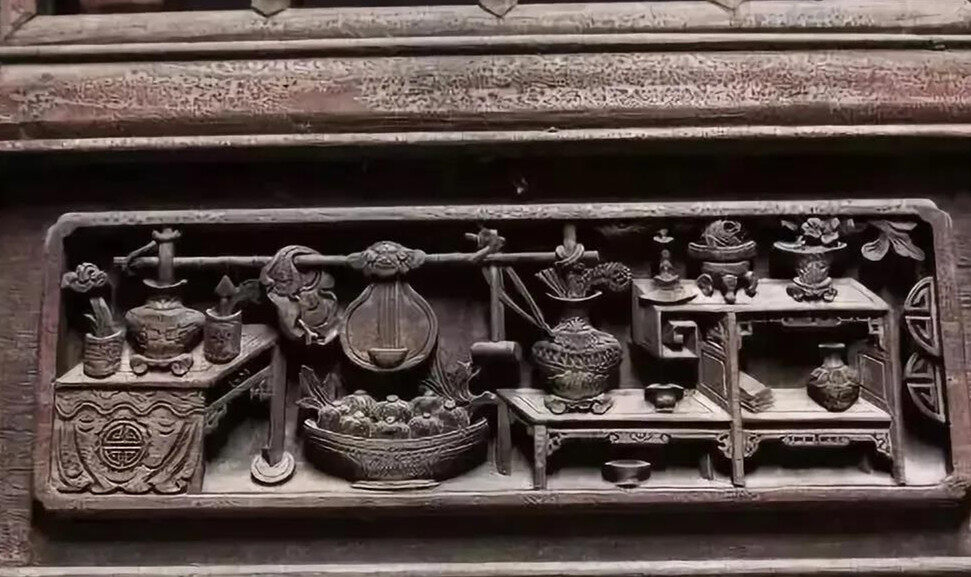
The windows in ancient buildings have a subtle beauty, and they play a very important role in the art of ancient buildings. The window communicates with the surrounding natural environment. Looking through the window, whether it is a distant view or a close-up view, it is a very interesting picture.
Look, the ancient Chinese are really full of wisdom! Editor/He Yuting
Comment
 Praise
Praise
 Collect
Collect
 Comment
Comment
 Search
Search














Write something~